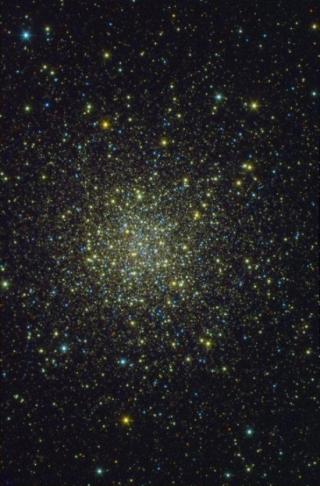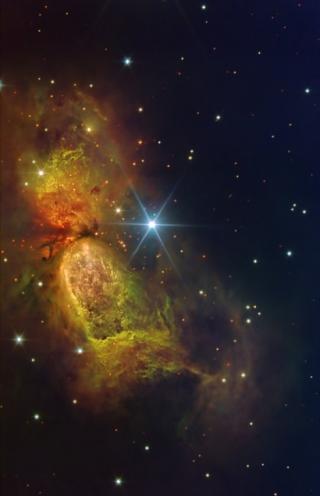
En esta astrofotografía vemos Messier 56 (M56), un cúmulo globular situado a unos 32.000 años luz de distancia de la Tierra, en dirección a la constelación de Lira. Los cúmulos globulares, ‘enjambres’ de estrellas con una edad aproximada de 13.000 millones de años, son verdaderos fósiles astronómicos, claves en el estudio de la formación de la Vía Láctea. La imagen fue captada por el instrumento OSIRIS del Gran Telescopio CANARIAS (GTC), situado en el Observatorio del Roque de Los Muchachos del Instituto de Astrofísica de Canarias (IAC), en La Palma. El astrofotógrafo Daniel López fue el
Advertised on
